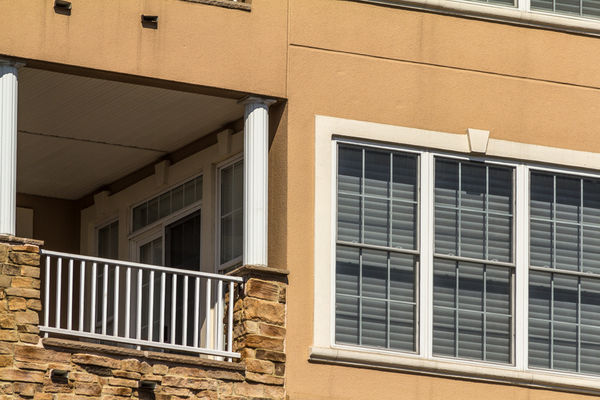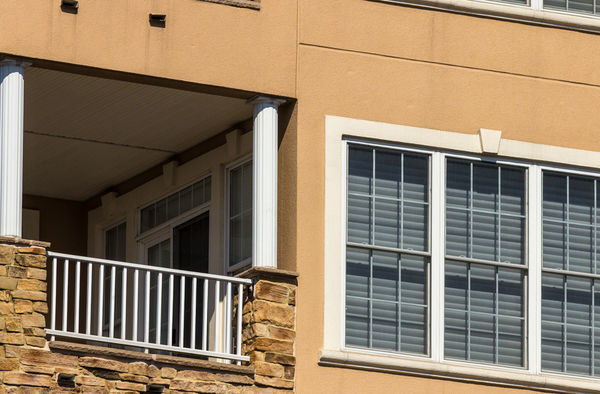Check out Underwater Photography Forum section of our forum.
Tele-extenders, Anyone?
Apr 9, 2014 16:37:02 #
Billbobboy42 wrote:
Since the subject of tele-extenders is a frequent ... (show quote)
The article nor most of the posts in this thread did not address the question , which was "did the use of TC provide a better (higher resolution) picture than that which could be achieved by simply cropping the original image in PS"
Some have suggested "it all depends" which I think is the correct answer- if your camera has enough usable pixels to display the smallest element resolvable by the lens (IE more pixels would not produce a better picture) then it is possible that a TC might produce a higher resolution picture, dependent on a host of other factors
Apr 9, 2014 17:31:19 #
Apr 9, 2014 19:21:59 #
Trabor wrote:
The article nor most of the posts in this thread d... (show quote)
Actually I don't think that is the answer. The critical factors will be the image quality of the lens and compatibility of the teleconverter and particular lens. The higher the megapixel density the less perceptible the loss of image quality from physical cropping will be. So I think it is the opposite of what you propose. However, stacking while possible will cost 3 F-stops and unless the lens is very good will effect image quality. On the other hand physical cropping is also going to reduce image quality. So I think that there may not be a hard and fast rule. In any event either strategy is a last resort; the photographic equivalent of a "Hail Mary Pass."
Check out True Macro-Photography Forum section of our forum.
Apr 9, 2014 19:26:13 #
bioteacher wrote:
Most if not all extenders cannot be used on EF-S lenses.
What has that to do with the question?
Apr 9, 2014 19:37:55 #
Apr 9, 2014 21:04:49 #
Tele-extenders do not increase the resolution of an image unless the resolving power of the naked lens at the aperture you are using exceeds that of the sensor.
Why?
Because a tele-extenders spreads the resolving capability of the lens over a wider area. It is really just a means of cropping at the cost of resolution and light falling on the sensor.
If I was using a low pixel density sensor, then using a tele-extender makes some sense, but only then. To use one on a camera that has the pixel density of the D800 or any of the current Dxxxx series (at 24 mp APS-C) is just silly in my books. Instead keep the extra stop or more of exposure from using the naked lens and crop afterwards.
Why?
Because a tele-extenders spreads the resolving capability of the lens over a wider area. It is really just a means of cropping at the cost of resolution and light falling on the sensor.
If I was using a low pixel density sensor, then using a tele-extender makes some sense, but only then. To use one on a camera that has the pixel density of the D800 or any of the current Dxxxx series (at 24 mp APS-C) is just silly in my books. Instead keep the extra stop or more of exposure from using the naked lens and crop afterwards.
Apr 9, 2014 21:54:34 #
RRS
Loc: Not sure
Zero_Equals_Infinity wrote:
Tele-extenders do not increase the resolution of a... (show quote)
That might be fine for what you shoot, however I do think that many if not most wildlife and BIF photographers will disagree with you on that. Usually we don't need that extra stop that we loose or two stops with a 2x and I 'm talking about the Canon 6D/5D MKIII and the 1DX. What we need is that extra reach and fill the frame and do very little if any cropping. Like I said it all depends on what you shoot!
Check out Professional and Advanced Portraiture section of our forum.
Apr 9, 2014 22:56:15 #
philz
Loc: Rockaway Township NJ
I did a retest taking an image of a distant building at 300 mm with a Canon 70-300 mm f/4-5.6 IS lens and comparing it to an image taken at 200 mm with a Canon 70-200 mm f/4 L IS and cropped to be the exact image as the 300 mm, both on a tripod at f/8 and 1/1600 sec. The RAW files were compared in Lightroom and the 200 mm cropped was much sharper at 1:1 and dramatically sharper at 2:1. The small size exported JPEGS that are attached look more alike, showing that there was no loss of image quality by cropping the 200 mm. This may or may not translate to results using a Canon 1.4 extended but it does suggest that it may be the case.
300 mm using 70-300 mm IS

200 mm L cropped to 300 mm-6064

Apr 9, 2014 23:48:31 #
I tried today and there is NO WAY I can stack. I have 2 Nikon 2x multipliers. You cannot even put these together physically. I did get excited as I tried sandwiching between Kenko extenders. I was able to hook them up, but could not focus automatically nor manually.
Apr 9, 2014 23:56:36 #
philz wrote:
I did a retest taking an image of a distant buildi... (show quote)
This is complete nonsense. It tells us only that the 70-200mm is a better lens than the 70-300mm lens, nothing about the effect of stacking. If it tells us that.
Apr 10, 2014 00:46:13 #
RRS
Loc: Not sure
philz wrote:
I did a retest taking an image of a distant buildi... (show quote)
Thanks for your effort but you are comparing apples to oranges. The 70/200mm f/4.0 is a much sharper lens and you will notice that it has a constant aperture where as the 70/300 does not. You would need to shoot with one of the lenses and then add the extender and then crop to equivalent sizes. Then you could go to 100/200% and compare and that would show you the loss in quality from the 1.4 extender.
Apr 10, 2014 06:03:06 #
RRS wrote:
That might be fine for what you shoot, however I do think that many if not most wildlife and BIF photographers will disagree with you on that. Usually we don't need that extra stop that we loose or two stops with a 2x and I 'm talking about the Canon 6D/5D MKIII and the 1DX. What we need is that extra reach and fill the frame and do very little if any cropping. Like I said it all depends on what you shoot!
Unfortunately, there ain't no such thing as a free lunch. Spreading the lines per mm(lpm) over a wider area means that there is no gain in resolution from using a tele-extender if the resolution of the lens is less than the resolution of the sensor, and the resolution of a 16MP APS-C or 36MP full frame has hit that point. On lower pixel density sensors a 1.4 converter may give you something, but I really think that even a 6D or 5D MKIII with there lower pixel density still out resolve the best supertelephoto glass. Even the 55mm Otus does not out resolve the 36mp sensor of the D800, and it is the highest resolution lens that has been tested by DxO.
The thing you lose, the speed, may be critical for a BIF photographer. You then have to crank the ISO to compensate, (given that shutter speed is already being pushed to between 1/1000 and 1/2000.) So all around you pay an IQ price to crop before shooting, and that sounds like a steep price to pay to pre-crop your shots.
Apr 10, 2014 10:24:30 #
Zero_Equals_Infinity wrote:
Tele-extenders do not increase the resolution of a... (show quote)
I completely agree with this well stated post.
A TC might be of use if you have a new expensive lens and an low pixel count camera body, otherwise it will make things worse
Anyone who puts "fill the frame in the viewer with no need to crop post processing" as a higher priority than "allows smaller aperture for better FOV" or "allows faster shutter speed for less shake" or "allows lower ISO setting for more dynamic range" is not any bird photographer that I have ever met
Apr 10, 2014 11:21:16 #
philz
Loc: Rockaway Township NJ
Absolutely! But I have to use what I have and I bought the 70-200 mm f/4 L despite having the 70-300 mm because of the reason stated. And it looks like it worked out re IQ cropped compared to this lens.
My issue is whether to buy a TC that puts more glass and a loss of f-stop in front of this excellent lens. My take from the response is maybe, maybe not if the benefit of framing when shooting does not translate into sharper images.
My issue is whether to buy a TC that puts more glass and a loss of f-stop in front of this excellent lens. My take from the response is maybe, maybe not if the benefit of framing when shooting does not translate into sharper images.
Apr 10, 2014 12:00:40 #
RRS
Loc: Not sure
Zero_Equals_Infinity wrote:
Unfortunately, there ain't no such thing as a free... (show quote)
I'm not looking for a free lunch and it appears that you don't shoot BIF or wildlife. Tell you what , you take tour 800 with a 50mm lens out and I'll take a 400mmf/2.8 with a 1.4 and we will shoot some BIF and wildlife. Try to enlarge you shot to equal the image that I have, good luck. Another thing, how many frames per second will the 800 shoot? I'm not selling the 800 short because it's a good camera for what it does but I haven't seen anyone out there using it. Some wildlife is too dangerous to get close to and this thread is about tel-extenders. There is definitely a place for extenders and you have to buy good ones. Yes there is a price to pay but if you only have a 300mmf/2.8 and add a 2x extender for $500 is a compromise true but a hell of a lot cheaper then buying a 600mm lens and the results are pretty damn good. There are pixel counters and there are photographers who get out and shoot, I'd rather shoot!
If you want to reply, then register here. Registration is free and your account is created instantly, so you can post right away.
Check out Sports Photography section of our forum.

